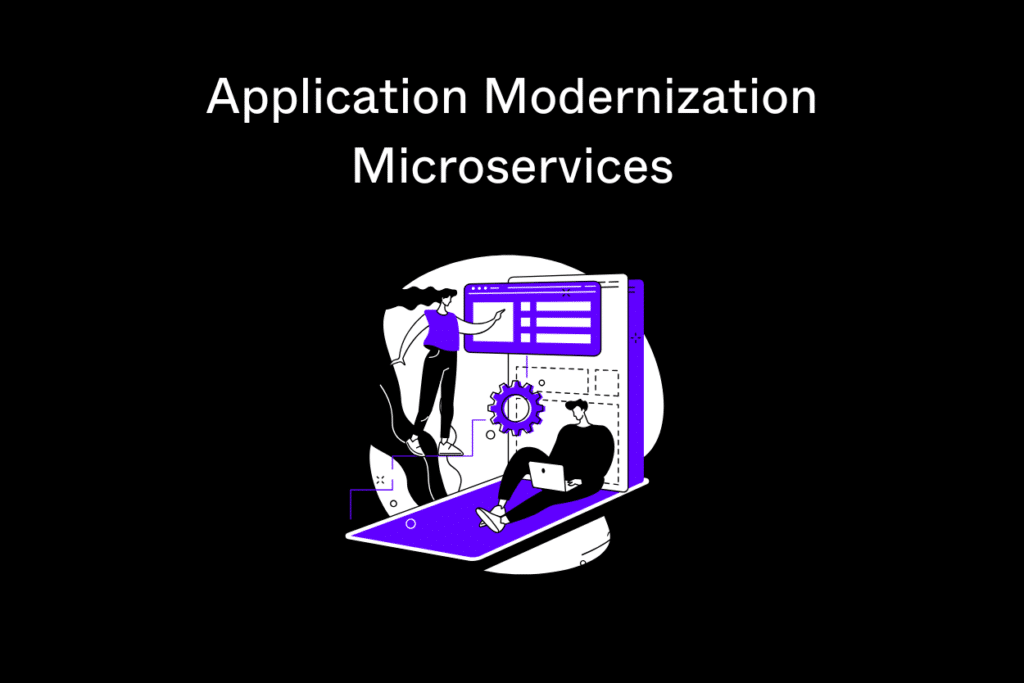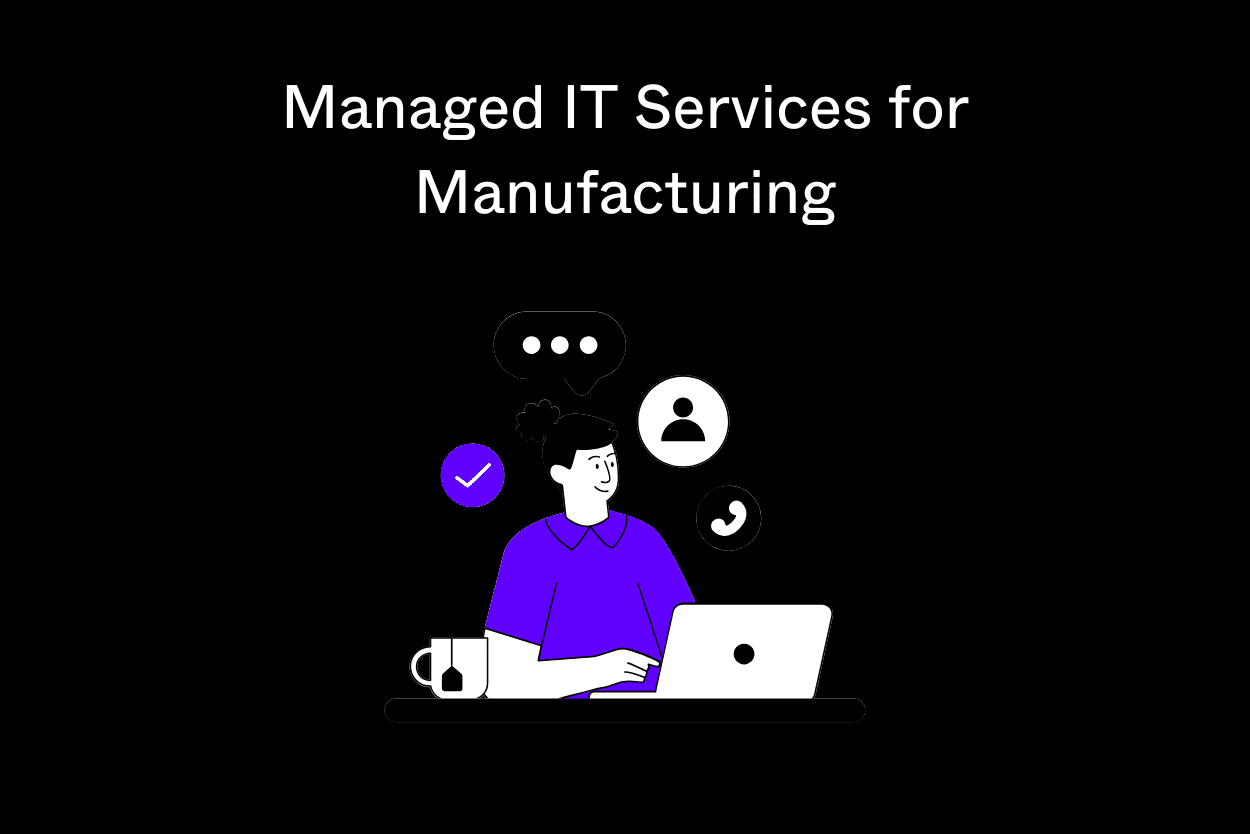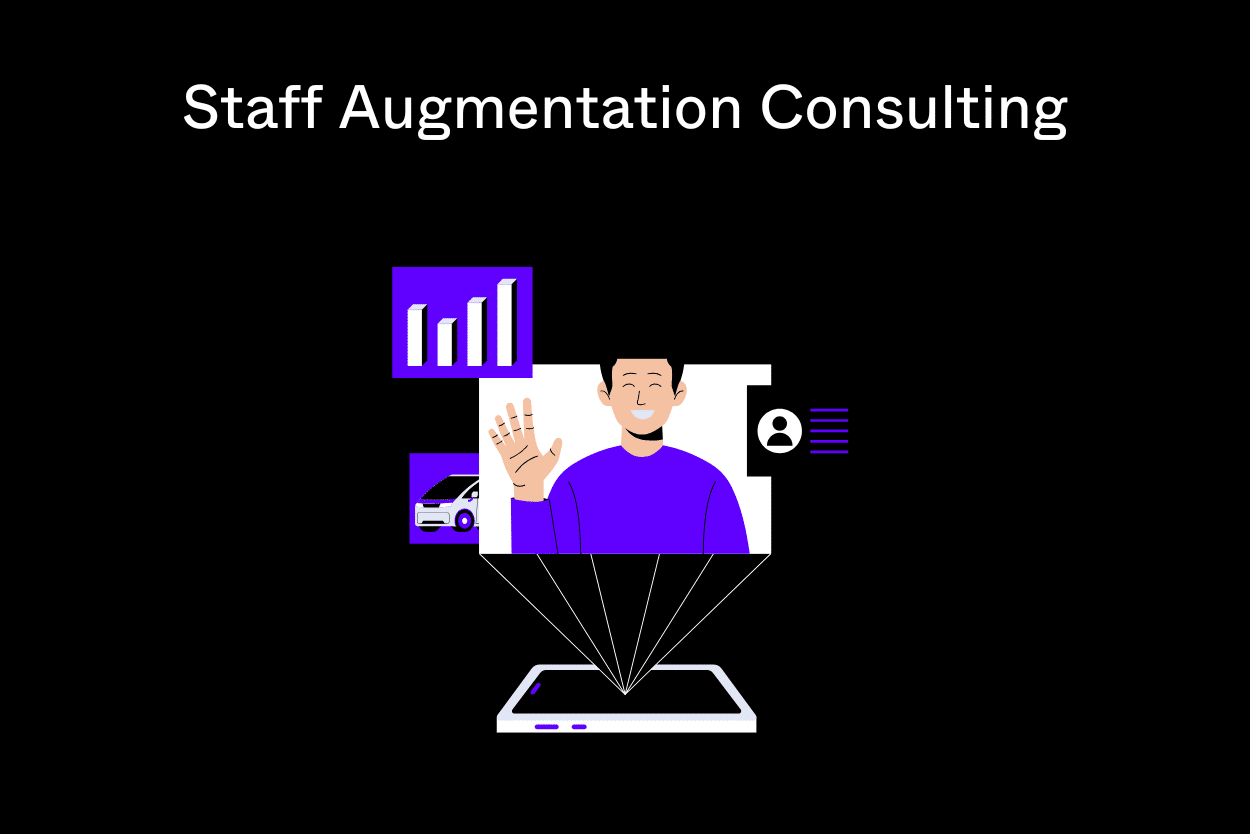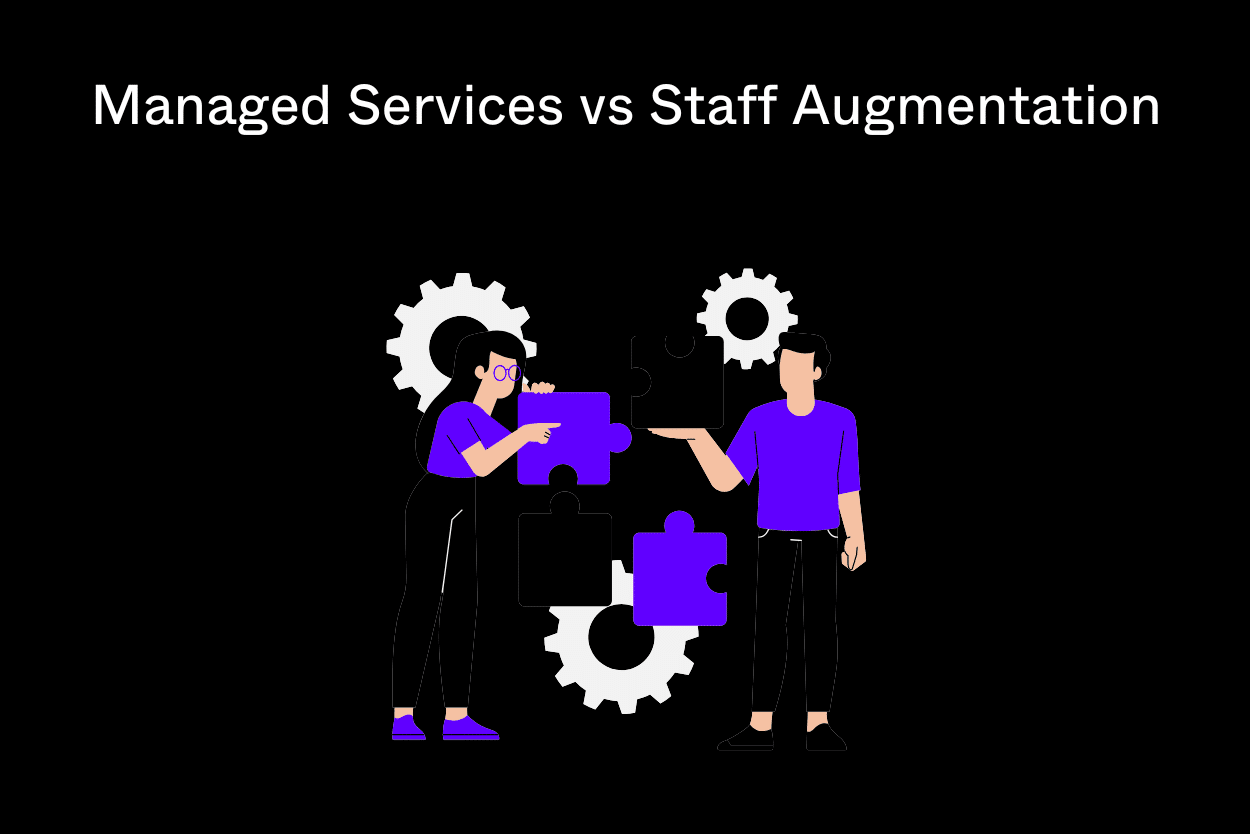
In today’s fast-paced digital environment, staying ahead means embracing agility and efficiency. Application modernization microservices stands out as a key strategy for businesses updating their legacy systems to meet modern demands.
78% of organizations use or plan to use artificial intelligence (AI) to support their application modernization efforts.
A recent Gartner survey reveals that over 80% of organizations have shifted to a microservices architecture, recognizing its scalability and resilience. This shift is not just a trend but a crucial investment in future-ready technology infrastructure, enabling systematic enhancements and fostering innovations that keep pace with market changes.
What is Application Modernization Using Microservices?
Application modernization is the process of transforming legacy software into modern, scalable applications that leverage contemporary technological advancements.
Microservices play a pivotal role in this transformation by decomposing traditional monolithic applications into smaller, independent services. Each microservice handles a specific business function and communicates over a network, allowing for greater flexibility, scalability, and resilience.
Change from Monolith to Microservices
Transitioning from a monolithic architecture to microservices is a transformative journey. In a monolithic architecture, components are interwoven and deployed as a single unit, making updates cumbersome and risky.
Microservices architecture, on the other hand, divides an application into a suite of loosely coupled services, each deployable independently. This not only facilitates easier updates and maintenance but also enables organizations to adopt a more agile development process.
Benefits of Application Modernization Through Microservices
Application modernization microservices offers numerous benefits, including:
- Scalability: Services can be scaled independently, allowing organizations to efficiently handle varying loads.
- Resilience: Isolated services minimize the impact of failures within individual components.
- Flexibility: Teams can develop, deploy, and scale their services independently, using the most appropriate technology stacks for each service.
- Improved Deployment Speed: Smaller codebases and independent deployment capabilities lead to faster iterations.
- Enhanced Collaboration: Microservices enable smaller, cross-functional teams to work autonomously, which boosts innovation and accelerates time-to-market.
Application Modernization Assessments
Before embarking on a modernization journey, it is crucial to perform a comprehensive assessment. This involves evaluating the existing application landscape to determine the suitability of microservices architecture.
Key considerations include the complexity of the current applications, the dependencies involved, and the organizational readiness for cultural change towards more agile practices.
Key Technologies for Application Modernization
Modernizing applications with microservices involves a variety of technologies, including:
- Containerization Tools: Docker and Kubernetes are fundamental for creating, deploying, and managing containers that host microservices.
- API Gateways: They provide a single entry point for all clients, routing requests to the appropriate services.
- Service Meshes: Tools like Istio and Linkerd manage service-to-service communications, making them secure and reliable.
- DevOps Tools: Automation tools such as Jenkins and GitLab facilitate continuous integration and continuous deployment (CI/CD), essential for microservices architectures.
Use of Microservices in Different Industries
Microservices architecture is utilized across various sectors to enhance operational efficiency and agility. Financial firms like PayPal use it for scalable transaction processing. Healthcare organizations employ microservices for seamless access to patient records.
Retail giants like Amazon leverage them for personalized customer experiences and efficient inventory management. Telecommunications companies use microservices to optimize network management, while manufacturers implement them for real-time equipment monitoring and predictive maintenance. This architecture supports rapid innovation and updates across industries.
Example of Application Modernization Microservices
Netflix: Transition to Microservices

Background:
Netflix originally operated on a traditional monolithic architecture. As their customer base grew rapidly, they faced significant scalability and reliability challenges, especially given their global audience and the need for high availability and rapid content delivery.
Modernization Approach:
Netflix transitioned to a microservices architecture as part of their application modernization strategy. This involved decomposing their large, monolithic application into smaller, loosely coupled services. Each microservice focuses on a specific business function, such as:
- User Authentication Service: Handles all user authentication and session management independently.
- Recommendation Service: Provides personalized content recommendations to users based on their viewing history and preferences.
- Video Streaming Service: Manages the streaming of videos directly to users’ devices efficiently and adjusts quality based on internet speed.
- Billing Service: Manages subscription payments and billing cycles separately from other services.
Benefits Realized:
- Scalability: Each microservice can be scaled independently, allowing more precise resource allocation based on demand for specific features (e.g., scaling up the recommendation service during peak hours).
- Resilience: Failures in one service do not cause a system-wide outage. This isolation helps in maintaining high availability and a better user experience.
- Faster Updates: Smaller, independent teams can develop, test, and deploy changes to their respective services without waiting for a full application release, leading to quicker innovation cycles.
- Technological Flexibility: Different teams can choose the best technology stack for their specific requirements rather than being constrained to a single technology across an entire monolithic application.
Conclusion
The shift to microservices is not just a technical upgrade but a strategic transformation that enhances agility, operational efficiency, and competitiveness. While the journey involves significant changes in technology and culture, the long-term benefits far outweigh the challenges. Organizations willing to invest in application modernization through microservices are positioning themselves for success in the digital era.
In summary, embracing microservices in application modernization strategies equips businesses with the tools necessary for sustainability and growth in an ever-changing technological landscape. By assessing their current systems, adopting the right technologies, and understanding industry applications, companies can effectively navigate their path towards a more agile and resilient future.



